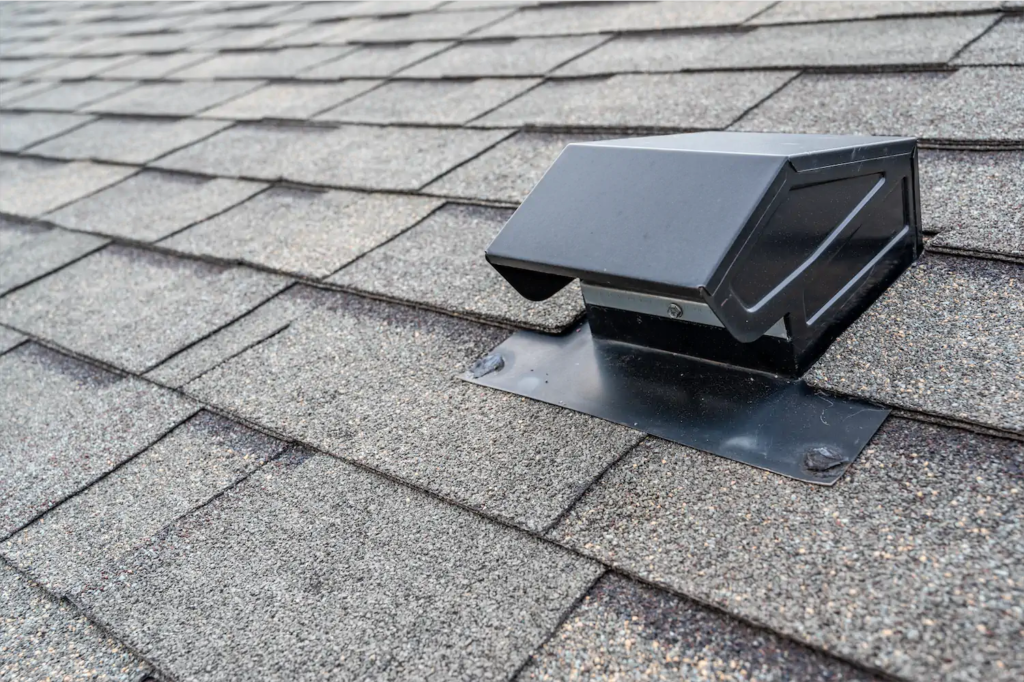Rising energy costs and carbon footprint have become a major problem in this modern world. Embracing the energy-efficient solutions in your roofing system is essential. Choosing the suitable material for your roofing ensures insulation and keeps the home warm in winter and cool in summer. As per reports, around 90% of the roofs in the United States are poorly designed due to the absence of insulation or reflective property.
This guide will focus on the factors to maximize energy efficiency with your roofing choices in Ohio and West Virginia. Moreover, we’ll also discuss some factors contributing to the energy efficiency of roofs and top choices in energy-efficient materials. Let’s delve into further details and play your role in bringing down the carbon footprint:

Understanding the Weather Conditions of Ohio & West Virginia and Energy Efficiency
Ohio’s weather greatly impacts both the energy efficiency and lifespan of roofing materials. With a higher humidity level, heavy winds, intense sunlight in summers, and thunderstorms in winters, finding the material that suits the weather needs of Ohio and West Virginia is a huge challenge. Here’s a basic understanding of the weather conditions of both these areas and the effect of climate on choosing the energy-efficient roofing material:
Extreme Cold
Winters in Ohio and West Virginia are extremely cold and can load your HVAC system heavily. The temperature in Ohio can drop to −20°F. Cold arctic wind can blow throughout the winter day, causing a greater temperature drop. Apart from the chilly wind, snowstorms can add to the discomfort. In all these scenarios, an energy-efficient roofing system with proper insulation would be required to keep the home warm and cozy.
Intense Heat and UV Damage
The summer season in Ohio starts on June 01, and the heat and humidity levels can rise drastically. The temperature can go high up to 90 degrees Fahrenheit with higher precipitation. Do you know skin cancer is one of the most common cancer types in the United States, and West Virginia is at the top of the list? As per the reports of the National Service Center for Environmental Publications (NSCEP), around 75% of the skin cancer patients in West Virginia have Melanoma, and 70 of them die each year. Higher UV index and extreme summer weather require a cool roof or energy-efficient roof system.

Energy Efficient Roofing | The Role of Solar Reflective Index (SRI)
An energy-efficient roofing system means that the roofing surface can reflect solar radiation. The higher the value of the Solar Reflective Index (SRI), the better it will be! A higher SRI represents the condition where the heat absorption becomes minimum. Both residential and commercial buildings can benefit from roofing as it reduces the energy consumption of the HVAC system and, in turn, lowers electricity bills. As per the reports of Lawrence Berkeley National Laboratory, a Solar Reflective Index of 25 to 40 can reduce the roofing temperature by 13 degrees or more.
Moreover, opting for the right materials with a higher SRI rating can do wonders regarding energy-efficient roofing. Cool roof materials such as concrete tiles or specialized coating with high SRI can further reduce energy absorption.
Ventilation and Insulation for Energy-Efficient Roofing
Apart from the Solar Reflective Index (SRI), the most essential part that the contractors might lack is ventilation and insulation. In order to reduce the energy consumption and regulate the temperatures, proper ventilation plays a significant role.
Proper attic ventilation, as in the 90s architectural design, can significantly lower the home’s summer temperature. Since the heat rises upwards and if the outer temperature is in the 80s, the attic’s temperature can go as high as 150 degrees. Thus, to dissipate the heat, attic ventilation is the right option.
Proper insulation is another tactic to have energy-efficient roofing. The principle behind the insulation is to reduce the heat flow; hence, the phenomenon works in both ways: keep the home warm in winter and cool in summer.

Cool Roof | Reflective Roofing for Energy Efficiency
Cool roofs are designed to reflect sunlight and minimize heat absorption by UV rays. It is reported that a cool roof can lower the roof temperature by 28°C, offering a perfect energy efficiency roof system. Cool roofing has another advantage: it can reduce the warmth effect inside of your home but can also lower the heat level outside buildings created by HVAC systems. According to research conducted by A. Synnefa on the impact of cool coating, residential buildings can have a 27% decline in energy demand.

Frequently Asked Questions (FAQs)
Here are some of the most asked questions about the energy efficiency with your roofing choices in Ohio and West Virginia:
What are the benefits of energy-efficient roofs?
Installing energy-efficient roofs will help you reduce the energy bills and prolong the roofing material’s span. You can also contribute towards sustainability by reducing your carbon footprint.
Which types of roofing materials can be utilized for energy-efficient roofing?
There are plenty of choices, and each one has its own attributes. Concrete, asphalt shingles, and tiles are the most common choice for an energy-efficient roofing system.
Are solar roofs considered energy efficient?
Solar roofs utilize UV rays and are considered a perfect option for your energy-efficient roofing system.
Conclusion
Investing in an energy-efficient roofing system, especially while living in Ohio and West Virginia, would save you plenty of cost on electricity bills. The extreme weather of Ohio and West Virginia, both in summers and winters, poses challenges of poor insulation, higher energy bills, and discomfort inside your home. An adequately ventilated or insulated roof with a high Solar Reflective Index (SRI) or a reflective coating will provide an efficient solution.
